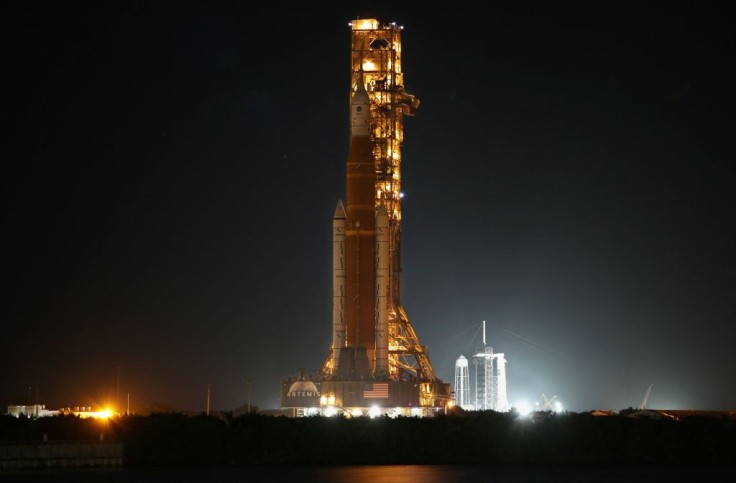
This Wednesday (June 29), Falcon 9 rocket will launch the SES-22 satellite. Its first stage will land on SpaceX's drone ship, A Shortfall of Gravitas.
Falcon 9 is built as a reusable system in line with SpaceX founder Elon Musk's goal of bringing down the price of space travel.
Two-Staged Falcon 9 Rocket will launch SES-22 Satellite
The SES-22 satellite will be launched by a two-stage Falcon 9 rocket from Cape Canaveral Space Force Station in Florida on Wednesday, June 29, during a two-hour window that starts at 5:04 PM EDT. Starting roughly 10 minutes before liftoff, you may watch it live on Space.com.
If all goes as planned, the Falcon 9's first stage will return to Earth 8.5 minutes after liftoff and make a precise touchdown on the SpaceX drone ship, A Shortfall of Gravitas, which will be positioned in the Atlantic Ocean.
The SES-22 satellite will be deployed in this orbit 33.5 minutes after launch credits to the upper stage of the Falcon 9's rocket.
Millions of American households would get TV and radio via the satellite, in addition to other necessary data transmission services, according to a statement from Luxembourg-based communications company SES, which will operate SES-22.
They stated that SES-22 is anticipated to begin operations in early August 2022.
Its takeoff will mark SpaceX's 27th launch of the year and its 161st Falcon 9 mission overall. Additionally, it's the first of two scheduled American soil takeoffs that will occur within around eight hours of one another.
'Straight Up,' a seven-satellite mission Virgin Orbit intends to launch from Mojave Air and Space Port in southeast California, will come after SES-22.
On Thursday (June 30) of this week, 'Straight Up' is planned to launch within a timeframe that starts at 1 AM EDT. It will use LauncherOne, a rocket that is dropped by a carrier aircraft and then burns at altitude.
SpaceX Falcon 9: What do we Currently Know?
Satellites, Dragon cargo spacecraft, and Crew Dragon spacecraft are all orbited using SpaceX Falcon 9 rockets.
SpaceX often launches Falcon 9 to transport its Dragon spacecraft to the International Space Station, one of its numerous purposes. In October 2012, Dragon conducted the first private spacecraft visit there and had since flown more than 25 cargo flights. As of 2020, SpaceX has also flown crewed trips to the ISS for NASA and other clients.
In keeping with SpaceX founder Elon Musk's objective to lower the cost of space travel, Falcon 9 is designed as a reusable system.
The rocket's first stage crashes on the ground or a drone ship close to the launch site. It has been assigned to security missions on behalf of the National Reconnaissance Office and is the vehicle of choice for SpaceX's Starlink satellite system, which provides broadband access.
Two stages make up the Falcon 9 rocket. According to SpaceX, the first stage comprises nine Merlin engines and aluminum-lithium alloy tanks filled with liquid oxygen and rocket-grade kerosene (RP-1) fuel.
The first stage tank is somewhat scaled down for the second stage, which only uses a single Merlin engine. A carbon-fiber, aluminum-core composite 'interstage,' which is how it is linked to the Falcon 9 first stage.
In later iterations of the Falcon 9, grid fins that emerge from the first stage during separation are used to direct the rocket into a smooth landing. The legs pop out of the rocket on a drone ship or a firm landing platform a few seconds before landing.









